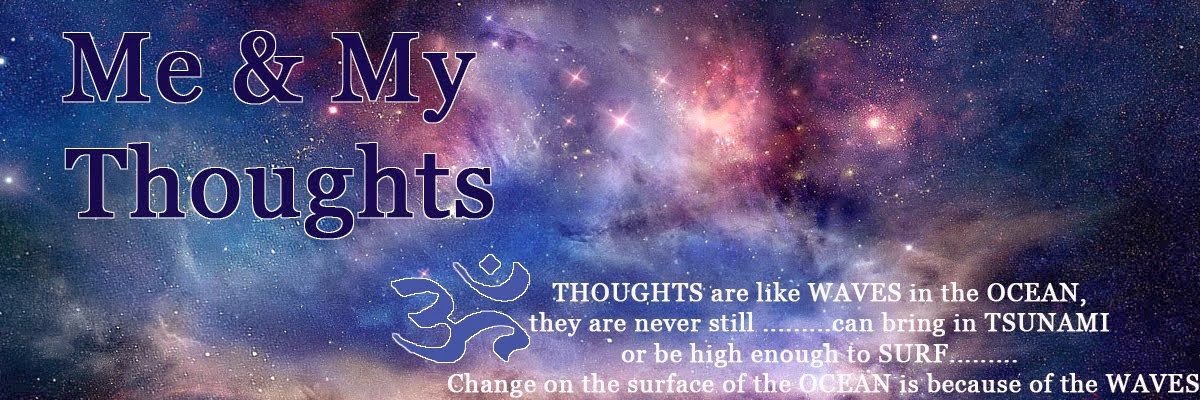http://www.speakingtree.in/public/spiritual-blogs/seekers/science-of-spirituality/buddha-and-sankara-sit-side-by-side-on-an-infinite-circle
When the circle is centered at infinity the curvature drops to zero and circumference become a straight line. Shoonyavada (Doctrine of Void) of Bhagwan Buddha and Mayavada (Doctrine of Illusion) of Sri Sri Sankara are considered two extremes but the fact is that the two philosophies sit side by side on the circumference of an infinite circle.
On the surface there are differences between the Mayavada and Shoonyavada but at the core the two philosophies have absolutely no difference at all. Bhagwan Buddha says that the world is Shoonyatattva (non-existent) in all three phases of time (past, present and future). Sri Sri Sankara refers the world as Mithyattva (un-real), devoid of past, present and future. Shoonya according to the Bhagwan Buddha is unhindered, immortal, immeasurable, uncontaminated, causeless, unborn, non-existent, independent and indescribable. Buddhists say that Shoonya is Mano-Vacha Agochara (incomprehensible to Thought and Word). Sri Sri Sankara also describes Brahman in exactly the same words. Both the Brahman of the Advaita and Shoonya of the Buddhist have no attributes. Therefore, both has to be identical.
Bhagwan Buddha emphasize that the way to Nirvana is Prajna Paramita (Perfection of Wisdom) by understanding that the world is full of suffering. Sri Sri Sankara says that Tattva Jnana (Wisdom of Truth) is the way to attain Moksha by understanding that suffering is due to Maya. So liberation is ultimate goal on both sides.
In Buddhism it is visualized as the removal of Samvrti (the veil of illusion), while in Advaita it is the removal of Avidya (the veil of ignorance). Buddhism says that this creation appears so due to the covering of Samvrti on Shoonya, whereas the Advaita states that it is due to ignorance superimposed upon Brahman.
Advaita advocates the seeker to become Brahman by quoting the statement “Aham Brahmasmi”. Many have misunderstood this Upanishad statement and without trying to be the best of Human want to be Divine. It is like saying, “I do not want to taste sugar and relish its sweetness but I wish to become sugar.” In sugar grain the consciousness of sweetness is void. Sweetness is a Guna (nature) of Sugar grain, if one need to be Brahman one has to be Gunatitha (beyond nature). In fact, there is no difference in this unconscious Brahmanubuti of the Advaita, and the Shoonyanubuti of the Buddhism.
When the circle is centered at infinity the curvature drops to zero and circumference become a straight line. Shoonyavada (Doctrine of Void) of Bhagwan Buddha and Mayavada (Doctrine of Illusion) of Sri Sri Sankara are considered two extremes but the fact is that the two philosophies sit side by side on the circumference of an infinite circle.
Bhagwan Buddha’s Shoonyavada is at zero and Sri Sri Sankara’s Mayavada is at infinity. Zero is actually nothing and the flip side of Infinity. Our ancients were the first to use zero in the way it is used today. Some symbol was needed in number systems to mark the place of a power of the base not actually occurring. This was indicated by a small circle, which was called Shoonya, the Sanskrit word for vacant. Infinity is not a number; it is the name for a concept. Many think infinity is a quantity that's bigger than any number, it is partially correct and depends on what context we are using the concept of infinity. There are no numbers bigger than infinity, but that does not mean that infinity is the biggest number, because it's not a number at all.
Bhagwan Buddha emphasize that the way to Nirvana is Prajna Paramita (Perfection of Wisdom) by understanding that the world is full of suffering. Sri Sri Sankara says that Tattva Jnana (Wisdom of Truth) is the way to attain Moksha by understanding that suffering is due to Maya. So liberation is ultimate goal on both sides.
In Buddhism it is visualized as the removal of Samvrti (the veil of illusion), while in Advaita it is the removal of Avidya (the veil of ignorance). Buddhism says that this creation appears so due to the covering of Samvrti on Shoonya, whereas the Advaita states that it is due to ignorance superimposed upon Brahman.
Advaita advocates the seeker to become Brahman by quoting the statement “Aham Brahmasmi”. Many have misunderstood this Upanishad statement and without trying to be the best of Human want to be Divine. It is like saying, “I do not want to taste sugar and relish its sweetness but I wish to become sugar.” In sugar grain the consciousness of sweetness is void. Sweetness is a Guna (nature) of Sugar grain, if one need to be Brahman one has to be Gunatitha (beyond nature). In fact, there is no difference in this unconscious Brahmanubuti of the Advaita, and the Shoonyanubuti of the Buddhism.


No comments:
Post a Comment